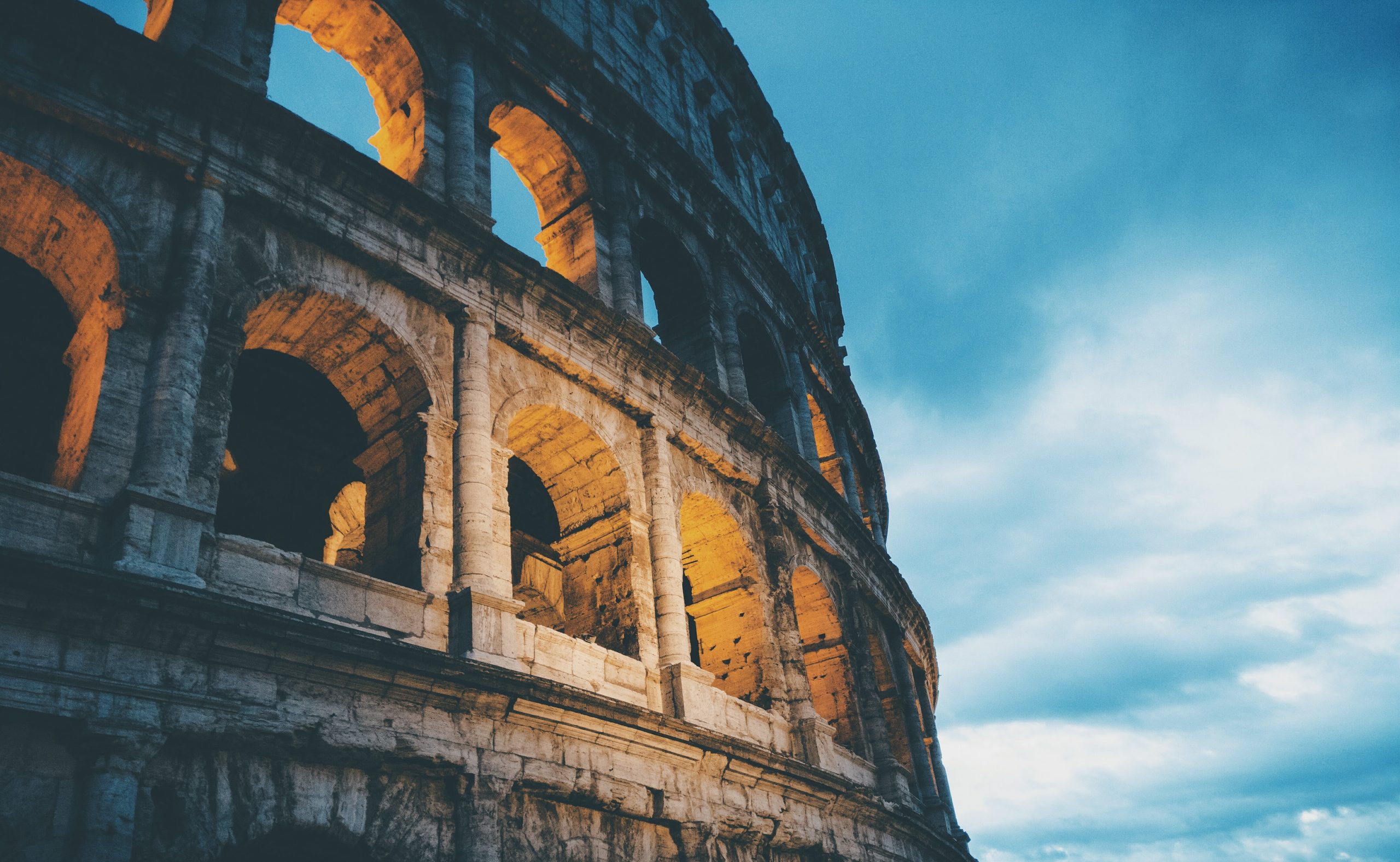Welcome to the Ultimate Guide for Winter Wanderers! I’m here to be your virtual tour guide through the magical world of Europe during the winter season. I’ve been traipsing through this wonderland for over a decade, and I’ve picked up a few tips and tricks along the way. So, grab your coziest scarf and let’s embark on an unforgettable winter journey across the old continent.
Best European Winter Destinations
Ah, the charm of Europe in the winter! It’s like stepping into a real-life snow globe, where every city has its unique way of celebrating the season. Let’s explore the diversity this continent offers during the chillier months.
Diverse Winter Wonderland
From the snow-covered streets of Vienna to the milder coastal areas of Barcelona, Europe spoils you for choice. It’s like a box of assorted chocolates, and each city is a delightful flavor waiting to be savored. Here are a few top picks to get you started:
Vienna, Austria
- Vienna is a class act, even in winter. The imperial palaces and grand boulevards are dusted with snow, making the city a haven for culture enthusiasts and romantic souls. Don’t forget to sip on a hot cup of Glühwein at a traditional Christmas market.
Prague, Czech Republic
- Prague’s cobblestone streets and gothic architecture look like they’ve been plucked from a winter fantasy. The Charles Bridge under a light dusting of snow is a sight you won’t forget. And don’t get me started on the hearty Czech cuisine – it’s comfort food at its best.
French Alps
- If you’re the adventurous type, the French Alps beckon. Whether you’re into skiing, snowboarding, or just admiring breathtaking mountain views, the French Alps are the ultimate playground for winter sports enthusiasts.
Now that you’ve got a taste of the diversity, let’s dive into the nitty-gritty of making your winter escapade to Europe a breeze.
Weather and Packing Tips
“Baby, it’s cold outside!” Before you go frolicking in the winter wonderland, you need to know how to dress for the occasion and understand the winter weather variations across Europe.
Layering Up for European Winters
First things first, the golden rule for surviving a European winter is layers, layers, and more layers. Invest in some thermal wear, and don’t be stingy with those cozy sweaters. A good waterproof jacket is your shield against those surprise snow showers. And don’t even think about leaving home without a quality pair of waterproof boots – soggy socks are a mood killer.
Understanding Winter Weather Variations
Remember, Europe isn’t a one-size-fits-all winter destination. The weather varies from place to place. The further north you go, the chillier it gets. While cities in the Mediterranean might offer milder winter temperatures. Always check the local weather forecast, and pack accordingly. You don’t want to be lugging around a snowsuit in sunny Barcelona or a swimsuit in snowy Stockholm.
What to Pack for a Winter Trip
What’s in your suitcase can make or break your winter adventure. Here’s a checklist to make sure you’re winter-ready:
– Thermal layers: Keep the cold at bay with good-quality thermal wear.
- Waterproof clothing: Don’t skimp on a waterproof jacket, pants, and boots.
- Warm accessories: Scarves, gloves, and a cozy hat are your best friends.
- Heavy-duty socks: Opt for woolen socks to keep those toes toasty.
- A sturdy umbrella: A strong umbrella can be a lifesaver in case of unexpected rain or snow.
- Adapters and chargers: Stay connected, and keep your devices charged.
Now that you’re bundled up and ready to face the cold, let’s move on to the fun part – what to do during your winter escapade.
Winter Activities and Events
Winter in Europe is not just about staying warm – it’s about embracing the season’s spirit and enjoying a wide range of activities and events. From festive celebrations to thrilling sports, Europe has it all.
Festive Celebrations Across Europe
Europe lights up during the winter season with a multitude of celebrations and events. Let’s take a tour of some of the most enchanting ones:
The German Christkindlmarkt
Germany is the land of Christmas markets, and the Christkindlmarkt in Nuremberg is a must-visit. Picture this: cobblestone streets adorned with twinkling lights, the aroma of roasted almonds and mulled wine in the air, and stalls brimming with handcrafted ornaments. It’s a Christmas extravaganza that’ll fill your heart with warmth.
Austrian Advent Markets
Austria takes its Advent markets seriously, and you’ll be spoiled for choice. In Vienna, the Rathausplatz Christmas Market is a winter wonderland. Don’t miss the ice skating rink in front of the city hall – it’s a splendid sight. Salzburg, the birthplace of Mozart, is equally charming with its traditional wooden stalls and local delights.
Skiing and Snowboarding Adventures
If you’re an adrenaline junkie, Europe’s winter playground has you covered. The mountains of Europe transform into snowy wonderlands, perfect for skiing and snowboarding.
Swiss Alps
The Swiss Alps are world-renowned for their breathtaking beauty and exceptional ski resorts. Resorts like Zermatt and Verbier offer excellent skiing opportunities with stunning mountain scenery. Ski down the slopes during the day and relax in cozy chalets at night.
French Alps
The French Alps boast some of the world’s best skiing and snowboarding destinations. Chamonix-Mont-Blanc is a favorite among adrenaline seekers, while Courchevel caters to those looking for a more luxurious mountain experience.
Cozy Indoor Activities
Not everyone is a fan of the cold, and that’s perfectly okay. Europe’s got plenty of indoor activities to keep you warm and entertained.
Museums and Galleries
Europe is home to some of the most renowned museums and galleries in the world. Explore the Louvre in Paris, the British Museum in London, or the Uffizi Gallery in Florence. They’re not just a haven for art lovers, but they also provide a warm, indoor escape from the cold.
Thermal Baths
In places like Budapest, you’ll find a unique winter treat – thermal baths. Soak in the warm waters and let your worries melt away. The Széchenyi Thermal Bath is a particular favorite, boasting stunning architecture and soothing thermal pools. Check out the Best Europe Sim Cards for offer in Australia.
Local Cuisine and Dining
Winter and comfort food go hand in hand. European cuisine shines in the cold months, offering a variety of hearty dishes that warm your soul. Here are a few must-try delicacies:
Fondue in Switzerland
In Switzerland, fondue is a winter staple. Melted cheese, bread, and a pot of steaming hot goodness – it’s the perfect meal after a day of skiing in the Alps.
Goulash in Hungary
Hungary’s national dish, goulash, is a hearty stew made with tender chunks of beef, paprika, and other spices. It’s the ultimate comfort food to enjoy on a chilly day.
Stollen in Germany
Stollen is a traditional German fruitcake filled with nuts, spices, and candied fruit, usually enjoyed during the holiday season. It’s like a slice of Christmas in your mouth.
Now that your stomach is rumbling and your spirit is warmed by the thought of these delicious dishes, it’s time to think about logistics.
Transportation Tips
Getting around Europe in winter may seem daunting, but it’s actually one of the most efficient and picturesque times to travel. Let’s explore how to make your winter European expedition a breeze.
Traveling Within Europe
Europe’s well-connected transportation system makes it easy to hop from one winter wonderland to another. Trains, buses, and even ferries will be your trusty companions on this journey.
Trains: The Snow-Scenic Route
Train travel is a fantastic way to soak in the winter beauty. The extensive rail network connects major cities and charming villages. Consider purchasing a Eurail Pass for flexibility and cost savings. High-speed trains like the Eurostar and TGV are also a convenient option for crossing borders quickly.
Buses: The Budget-Friendly Choice
If you’re on a budget, buses are a wallet-friendly mode of transport. Companies like FlixBus offer extensive routes throughout Europe. However, be prepared for longer travel times compared to trains.
Weather-Related Delays
Winter weather can be unpredictable, which may lead to delays or disruptions in your travel plans. Here’s how to handle them like a pro:
Check Weather Updates
Always stay updated on the weather conditions of your destination. Reliable apps and websites like AccuWeather can provide real-time information to help you plan accordingly.
Flexible Schedules
When booking your transportation, allow for flexibility in your schedule. Delays due to weather are common, and you don’t want to be rushing to make a tight connection.
Travel Insurance
I can’t stress this enough – get travel insurance that covers winter-related issues. From flight cancellations to lost luggage, a comprehensive insurance plan will ensure you’re protected throughout your journey.
Now that we’ve got your travel logistics sorted, let’s talk about finding a warm and cozy place to rest your head.
Accommodation Tips
Finding the perfect place to stay during your winter European adventure is essential. Your accommodation can either enhance or dampen the overall experience.
Finding the Perfect Winter Accommodation
Choosing the right accommodation sets the tone for your entire trip. European winters are about embracing the cold, and your lodging can play a pivotal role in making your journey unforgettable.
Cozy Stays
Opt for cozy and charming accommodations that add to the winter ambiance. Look for boutique hotels, cozy cabins, and traditional cottages that exude warmth. Booking a room with a fireplace or a view of the snow-covered landscape can be the icing on the cake.
Booking in Advance
Winter is a popular time to visit Europe, especially during the holiday season. Don’t leave your accommodation to chance. Make reservations well in advance, especially if you plan to stay in a well-known winter destination.
With your cozy nest sorted, you’re all set to embark on your European winter adventure. Stay tuned for the next section where we’ll delve into the finer details of savoring the local cuisine and staying safe and healthy during your trip. For information visit: https://www.australia.gov.au/international-travel.
FAQ Questions
Let’s answer a few common queries to make your journey even more enjoyable.
1. What’s the best time to visit Europe in winter?
- Answer: The best time to visit Europe in winter is typically from late November to early February, coinciding with the holiday season.
2. Can I go skiing in Europe during the winter?
- Answer: Absolutely! Europe offers numerous world-class ski resorts in the Alps, such as the Swiss Alps and the French Alps.
3. Is it safe to travel in Europe during the winter months?
- Answer: Yes, it’s safe, but it’s important to be prepared for winter weather conditions and have appropriate travel insurance.
4. What should I pack for a winter trip to Europe?
- Answer: Pack warm clothing, including layers, waterproof gear, insulated footwear, and cold-weather accessories.
5. Are there any winter-specific festivals in Europe?
- Answer: Yes, Europe hosts various winter festivals and Christmas markets, like the Nuremberg Christkindlesmarkt in Germany and Prague’s Christmas markets.


